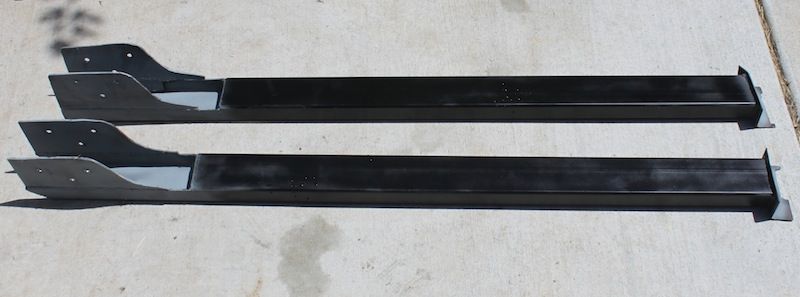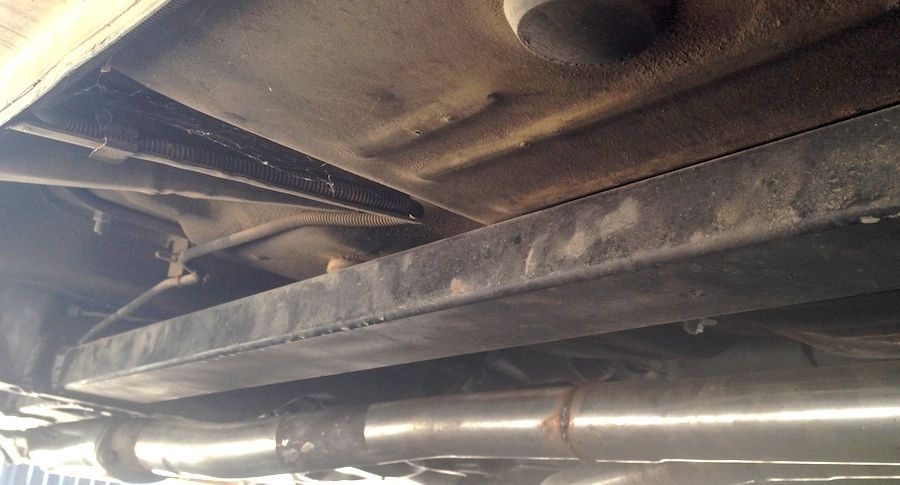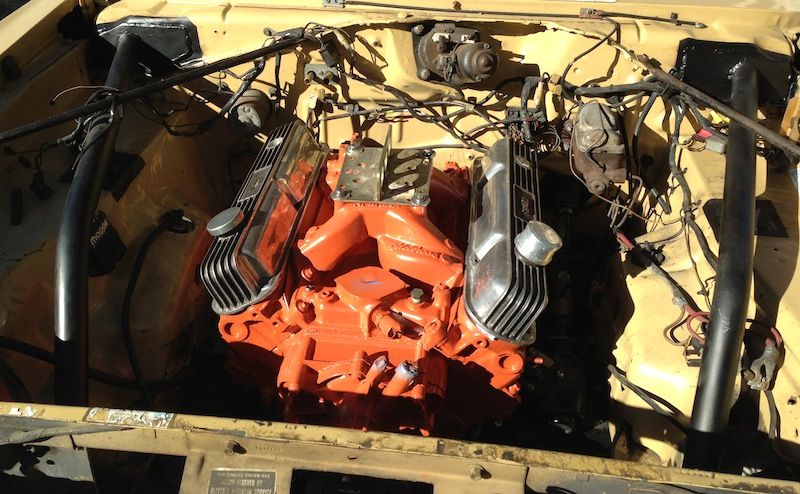The "white shocks with the red label would be KYB's, and they could be a big part of your problem. KYB's ride very stiff. They're a little better matched to larger torsion bars, but they still ride really stiff. My Challenger has 1.12" bars, and used to have KYB's. I figured out how stiff they rode when I installed 1.12" bars in my Duster (which are stiffer) and a set of Bilstein RCD's. Despite the higher wheel rate, my Duster was MUCH more comfortable and planted than my Challenger. That's when I swapped out the KYB's in my Challenger. Night and day difference. Much more comfortable, much better planted.
Shocks have to be matched to your springs (torsion bars). If the damping rate of the shocks doesn't match the reaction rate of your springs, you get what you're experiencing. I would also
really recommend finding out what your alignment is actually set at.
With regard to the strut rod bushings, you're better off with aftermarket adjustable strut rods. The factory strut rods are a "one size fits all" solution, and we all know that really means "one size doesn't fit anyone really well". Same with the strut rods. Better to have adjustables that you can set to the length your car actually needs, which probably isn't the same as the factory length regardless of the type of bushing. If you're using poly LCA bushings this is especially true.
As far as the frame stiffeners go, do the subframe connectors (front to rear between the subframes) before the forward braces. The subframe connectors are a HUGE help. The forward braces help a lot too, but you'll need the subframe connectors in place to really benefit from the forward braces. Making the front end really stiff while its still connected to a "soft" uni-body middle is not the best idea.
I have both on my Duster, and WOW, what a difference.
Subframe connectors...


Forward braces "J-bars"
























